The Instant Pot is a versatile kitchen appliance, functioning as a slow cooker, pressure cooker, steamer, yogurt maker, sterilizer, rice cooker, sauté pan, food warmer, and likely a few more things.
In 2009, Canadian software engineer Robert Wang invented the Instant Pot to address the challenge of preparing healthy meals for his family after working long hours. After he lost his job, he focused on developing a device that could simplify and accelerate the cooking process.
Slow cookers were convenient, but by definition they were anything but fast. In adding slow cooker capabilities to his innovative device, Wang also implemented pressure-cooking technology, considerably expediting the cooking process.
As popular as the Instant Pot is, owners don’t always use it correctly. Slow cookers are a lot easier to use, because they have fewer controls and functions. Instant Pots aren’t overly complex, but they do require a little more attention to detail than slow cookers, and it’s easy to make mistakes from time to time.
24/7 Tempo consulted numerous Instant Pot-related websites (including the company’s own), as well as comments posted by Facebook’s Instant Pot community, to discover some of the most common errors users of the appliance make. (Here are some money-saving cooking tips from the Great Depression.)
Here are 10 mistakes to avoid when using your Instant Pot:
You’re using too much liquid

While over-hydrating your ingredients probably won’t cause major problems — or set off an error message — the fact that the Instant Pot works fast and seals in moisture means that adding too much liquid will likely result in a diluted dish without concentrated flavors.
You’re using the wrong liquid

The liquid added to your Instant Pot doesn’t have to be water — anything clear or almost clear, like wine, beer, broth, or fruit juice will do. However, sauces or other thick liquids, including dairy products like sour cream or even milk, will literally gum up the works or cause burn errors.
You’re adding some ingredients too early

Ingredients that shouldn’t be added at the start of the cooking process can still be used in your recipes. It’s all a matter of timing. Cream soups, tomato sauces, roux, or other dense liquids should go in only after the dish is mostly cooked and the pressure in the pot is released. The same goes for thickeners like tomato paste or cornstarch.
You’re overfilling the Instant Pot
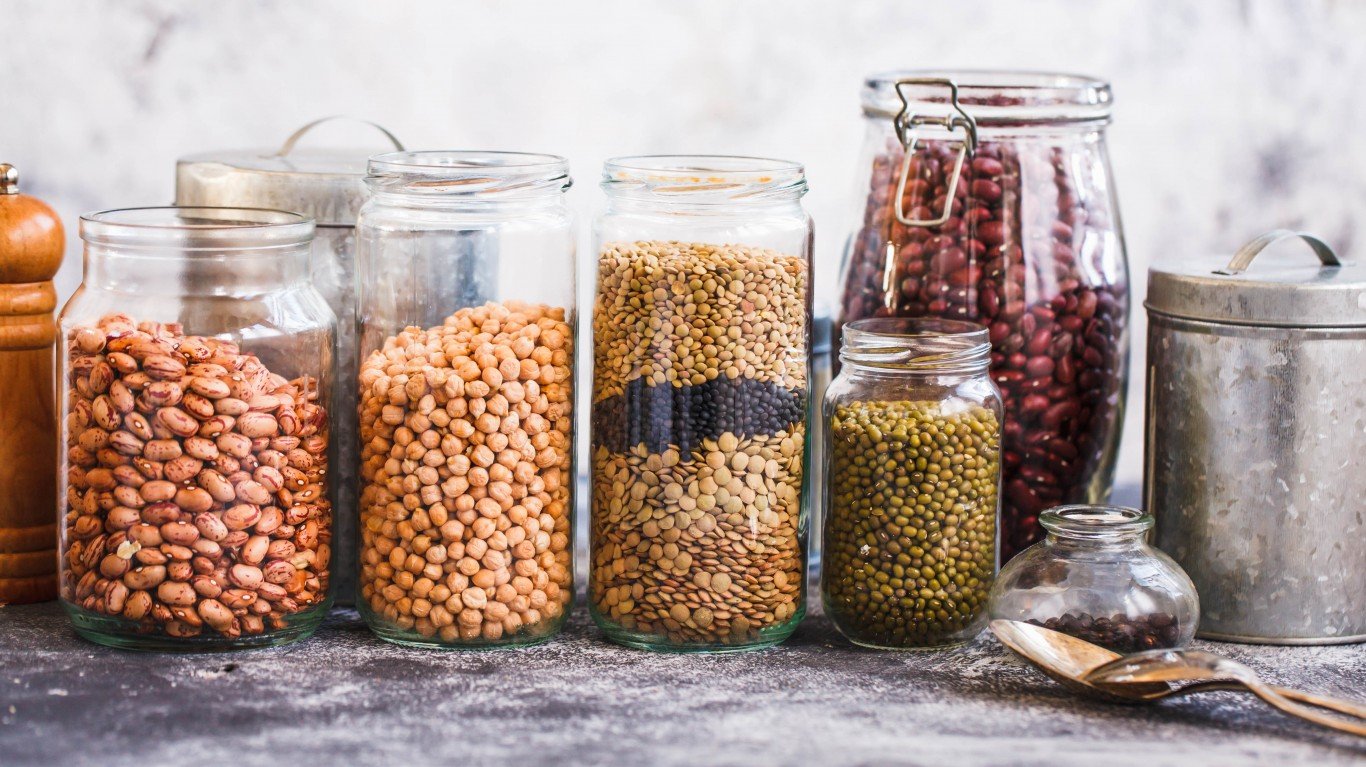
Instant Pots have a fill line. Respect it. If the pot is filled too high, your dish will likely splatter around the kitchen when you open the lid. Ingredients that expand as they cook, like rice and dried beans, are particularly problematic in this regard. In addition to potentially causing a mess, overfilling the pot can prevent it from properly building up pressure.
You’re cooking the wrong things — or the right things the wrong way.

Most Instant Pots have a saute function, and this works well for cooking filet mignon, chicken breast, salmon, and other tender proteins. If your model isn’t equipped with one, or you prefer not to use it for some reason, stick to tougher cuts of meat, like flank steak or chuck roast. More delicate ones might turn to mush under all that pressure and high temperature.
You’re using the timer button
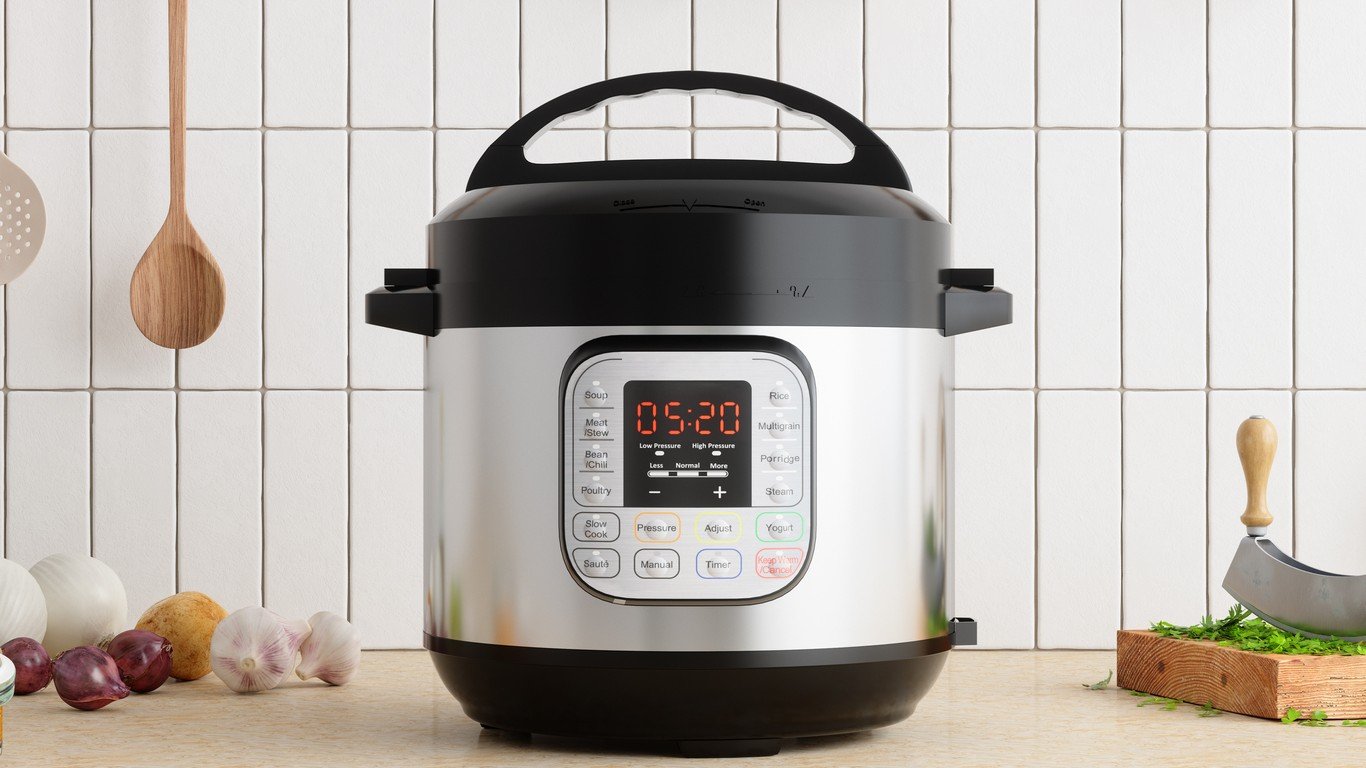
With a kitchen range or microwave, you set a timer and it keeps track of how long your food is cooking. The Instant Pot timer button doesn’t do that. It’s used for only one thing: to delay the start of cooking. How does the appliance keep track of cooking time, then? This is set automatically depending on which cooking method you’re using, and can be adjusted with plus or minus buttons. If you’re starting to cook right away, never use the timer button.
You’re not sealing the pot
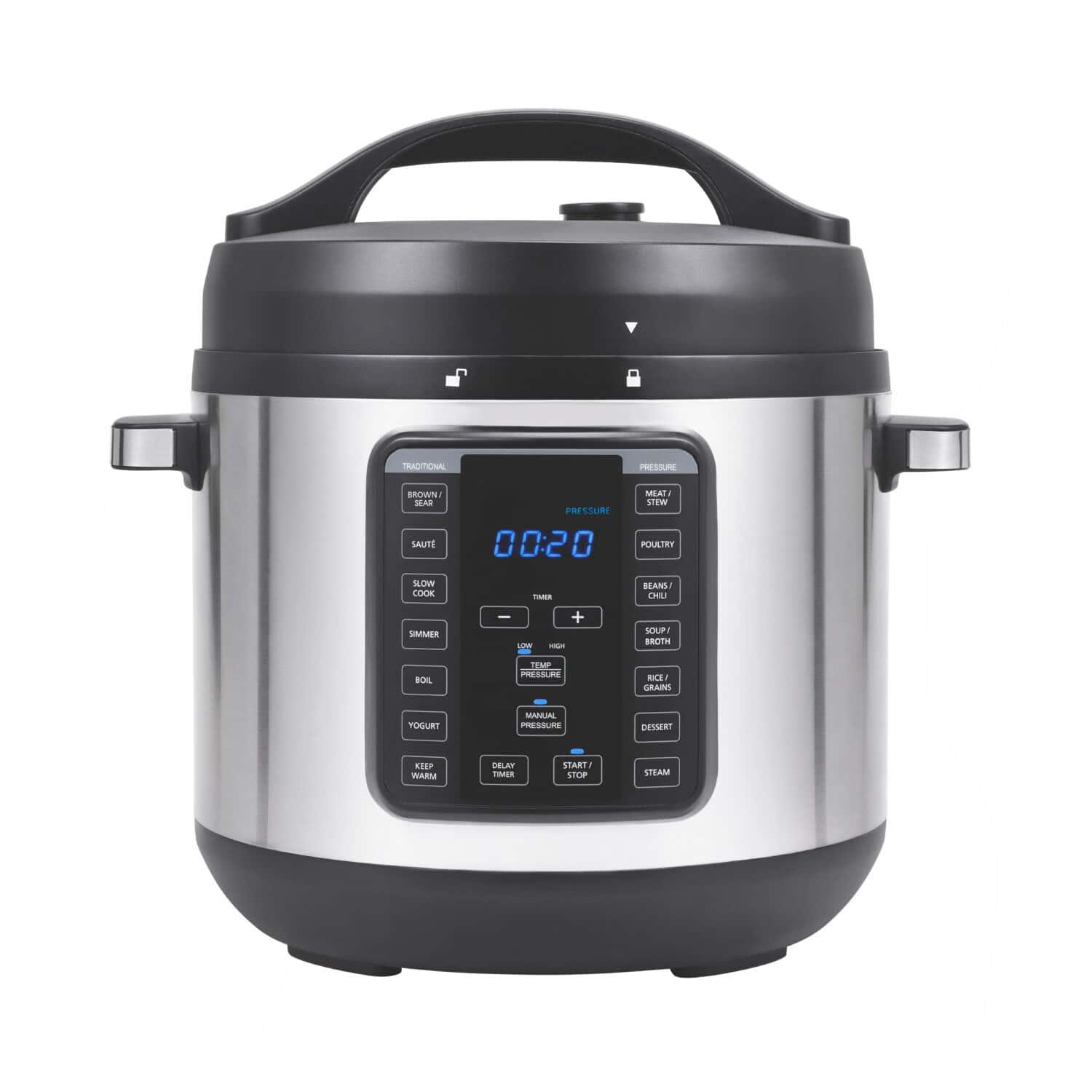
In order to build up pressure, the Instant Pot has to be sealed, by putting the pressure valve in the right position. If you leave it in the venting position (where it would have been when you finished using the pot the last time), it won’t function properly and your food won’t cook.
You’re using the wrong venting method
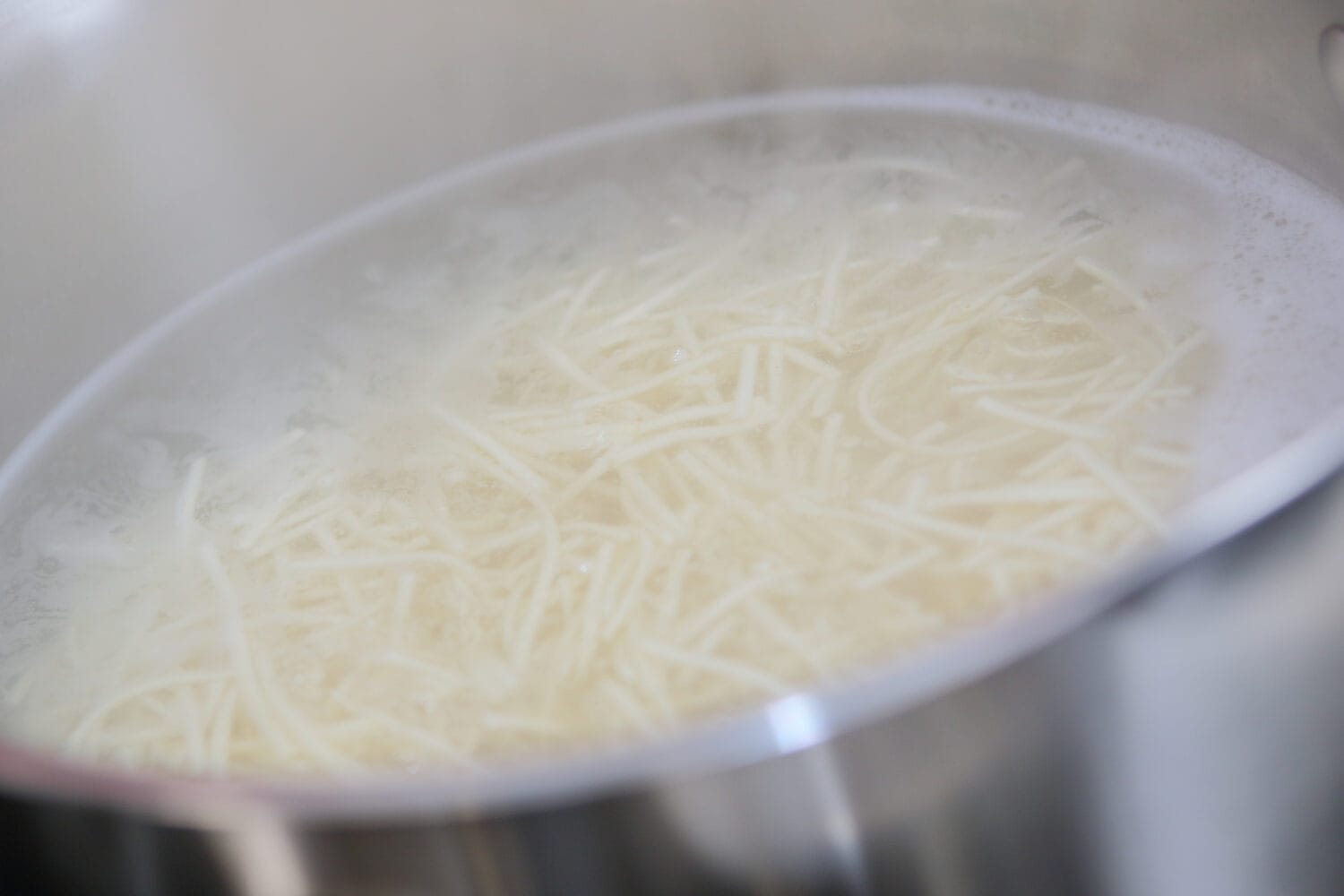
There are two ways to release the pressure that builds up in your Instant Pot — quick release and natural release. Quick release vents the steam rapidly, which is important with foods that are done quickly (lobster or corn on the cob, for instance), since they’ll continue to cook if the pressure is released too slowly. When a bit of additional cooking time doesn’t matter, as with soups and stews, natural release lets steam out gradually, letting foods keep their shape better — and lessening the chances of food spraying around your kitchen.
You’re “cooking” your Instant Pot
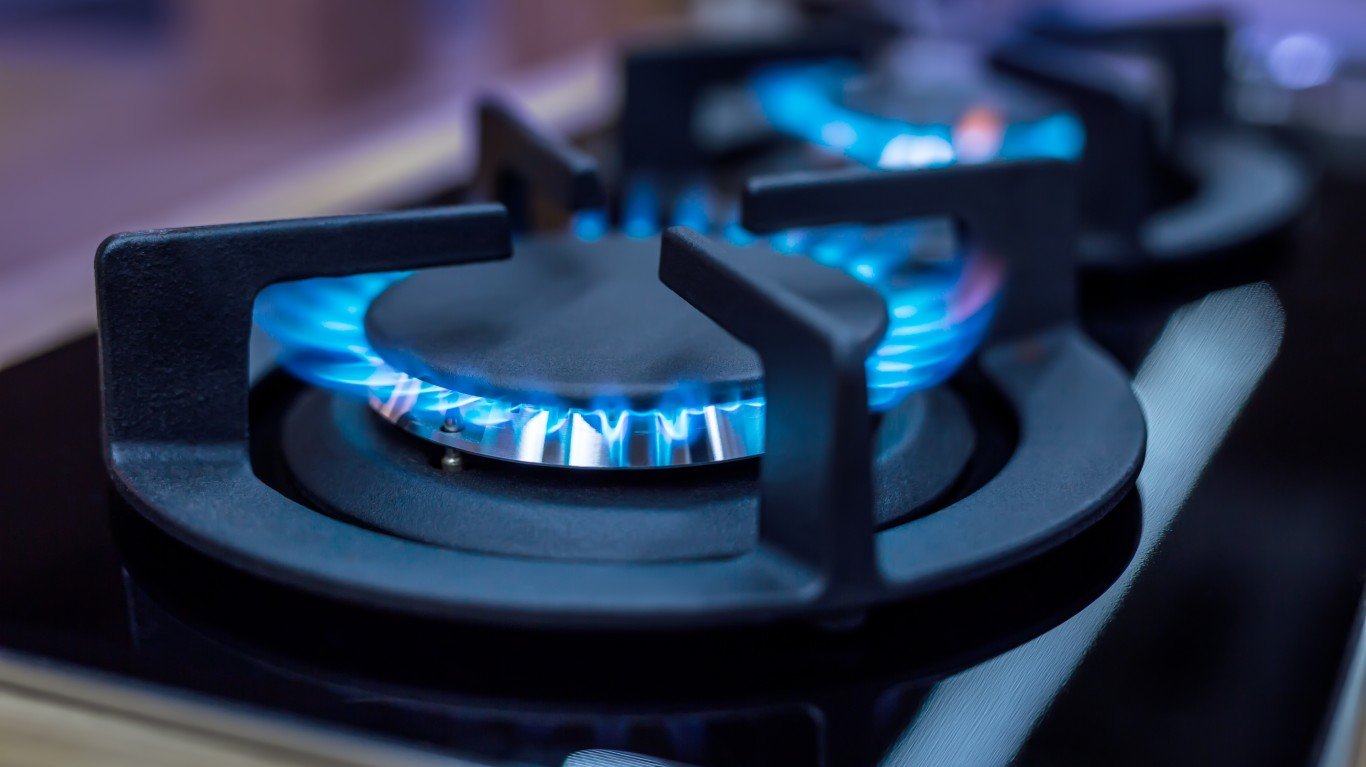
For convenience, some people position their Instant Pot next to their stove, and even sometimes over an unused burner. Bad idea. The bottom of the appliance will melt if it gets too hot. High temperatures belong inside the appliance, not outside.
You’re not reading the user manual

Both slow cookers and pressure cookers are relatively straightforward to use. The Instant Pot is more complex. It can do many things, but how it does them isn’t always intuitive. Newcomers should read the user manual thoroughly before trying their first dish — and keep it on hand for troubleshooting and refresher courses.
